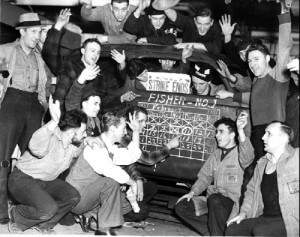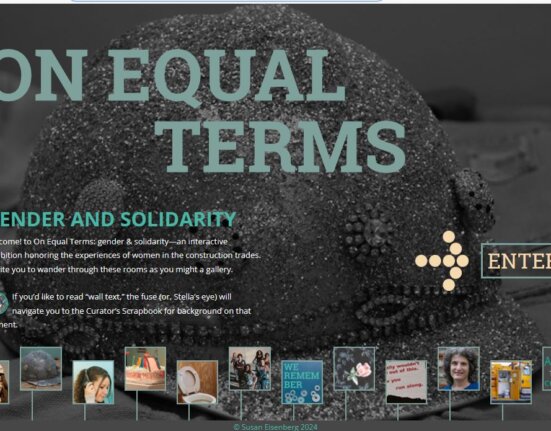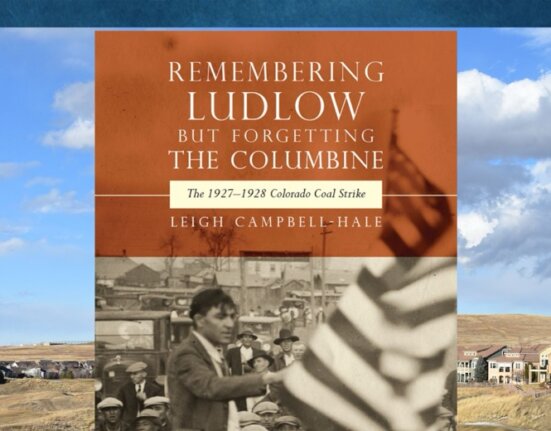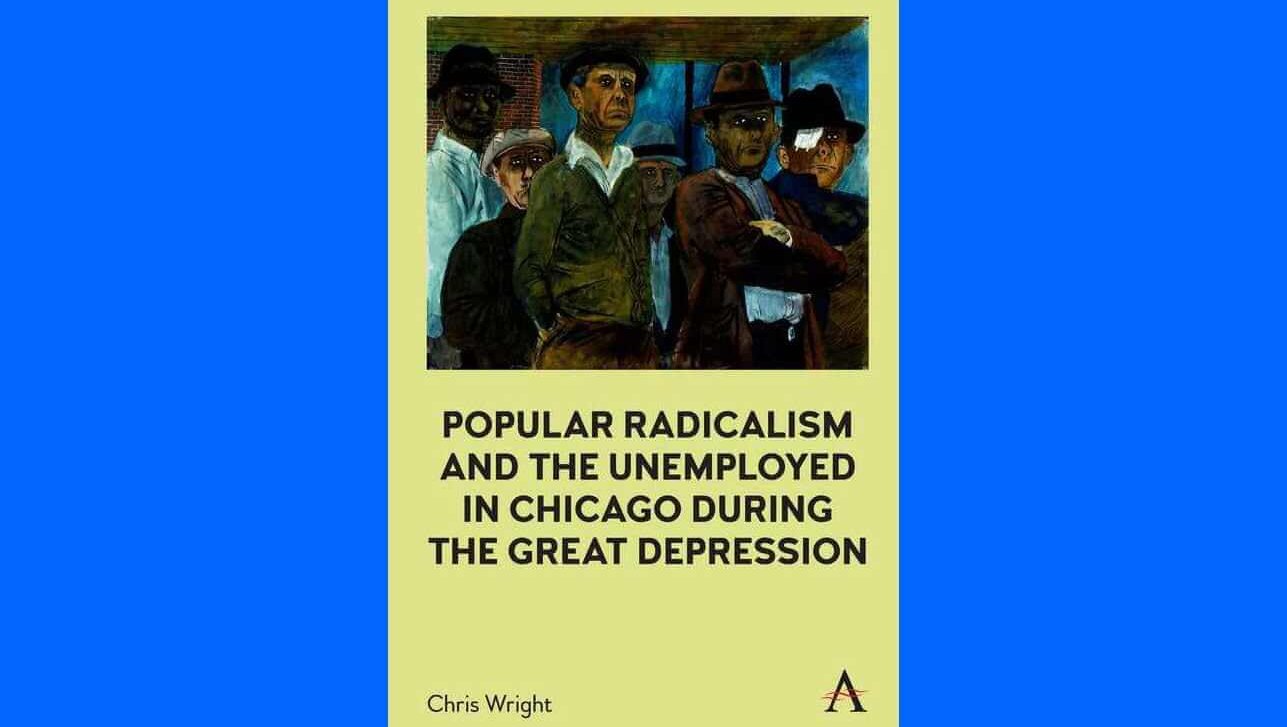This summer I had the privilege of co-coordinating an NEH Landmark grant at one of the Great Camps in the Adirondacks. Over a two-week period, I got to know eighty teachers as we thought about the Gilded Age and Progressive Era through the lens of the wilderness. What they taught me, if nothing else, is that teachers need good readings, sources and time to process. Give them five minutes in a room with other teachers and just try to contain their creativity and thoughtfulness. The more I listened to these teachers talk about their different schools, student bodies, administrations and unions, the more I understood that there was still much to do on LAWCHA’s teaching front. Rosemary Feurer’s excellent teaching materials catalog relevant materials and websites that treat labor and working class history. What I will do here (and please feel free to do the same in a future entry of your own) is to highlight a focused set of primary sources and a theme, offer background reading and step aside.
I thought I’d start with an old-timey theme that still has the power to move people to action, collective bargaining. Since it seems that a new national pastime is growing around the sport of identifying those with collective bargaining rights as public enemy number one, it might be useful to look at a moment when the debate over these rights was still being formulated and the tactics to win or defeat them were new.

The collection of primary sources on Flint, Michigan’s 1935-1936 sit-down strike does an excellent job of using primary sources to walk students through the forty-four day strike. It allows students to answer the following questions: What arguments were presented for and against workers right to collective bargaining? How did workers fight for their right to collective bargaining? What was the national response to this conflict? The site also offers a number of ideas for creative writing assignments based on the sources (imagine you are an editorial writer, a song writer, a worker, the Governor, President Roosevelt). The sources also provide great ammunition for classroom debates. Basically, it is a well-packaged website with classroom-ready documents that places the question of collective bargaining at the center.

The authors of the Digital History Reader do a good job contextualizing the sources, but for anyone interested in thinking about this event in a larger context (and over a longer period of time), take a look at Working Hard for the American Dream: Workers and their Unions from World War I to the Present. I wrote the book as a primer for those interested in the history of labor and working-class history and spend a good amount of time on Flint and the meaning, experience and conflicts that swirl around the right of collective bargaining.
If you teach (at any level and setting) and use these sources, will you consider getting in touch with us to report on how you incorporated them into their teaching and how your students responded?







